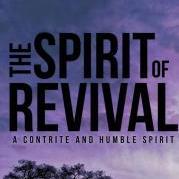The Book of Revelation & The Verb "Signified"
-
Topics
-
The AP has called the Presidential Race for Donald Trump!
By BrotherTony, in General Chats
- donald trump
- 47th us president
- (and 1 more)
- 5 replies
- 164 views
-
- 0 replies
- 44 views
-
- 27 replies
- 610 views
-
Elections is over pastors can go back now to preaching
By TheGloryLand, in Church Related Discussions
- 1 reply
- 66 views
-
- 19 replies
- 835 views
-











Recommended Posts
Join the conversation
You can post now and register later. If you have an account, sign in now to post with your account.
Note: Your post will require moderator approval before it will be visible.